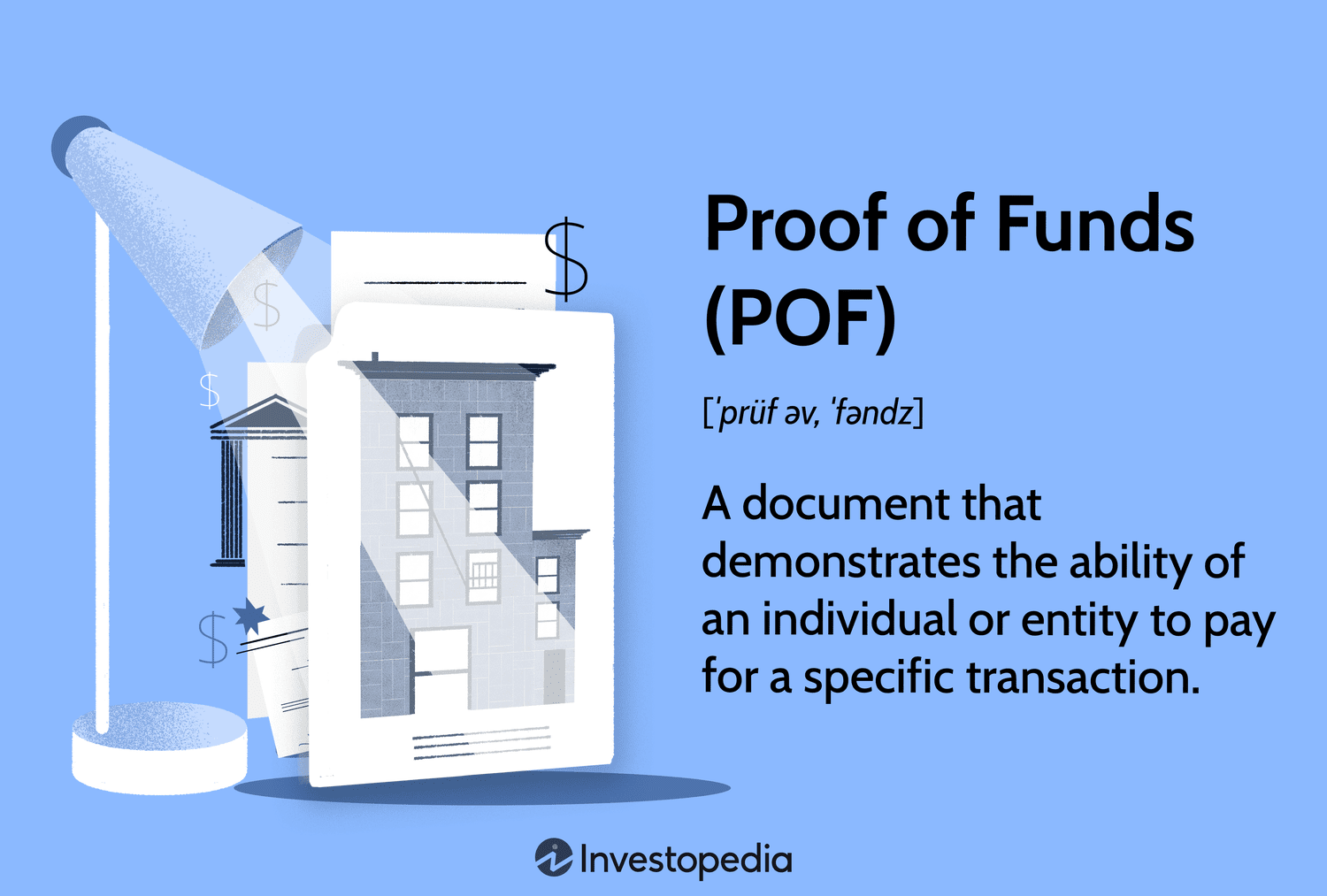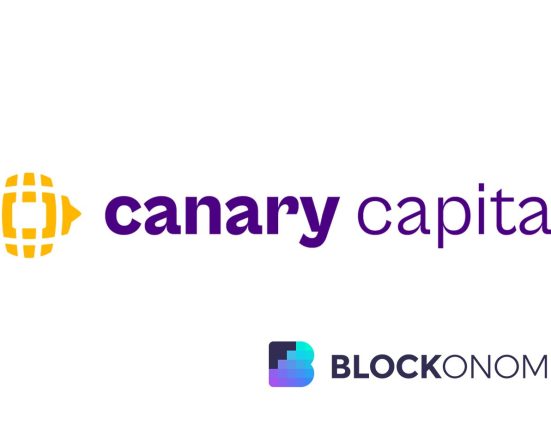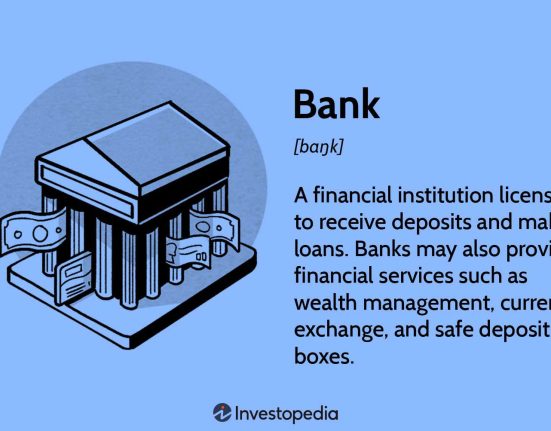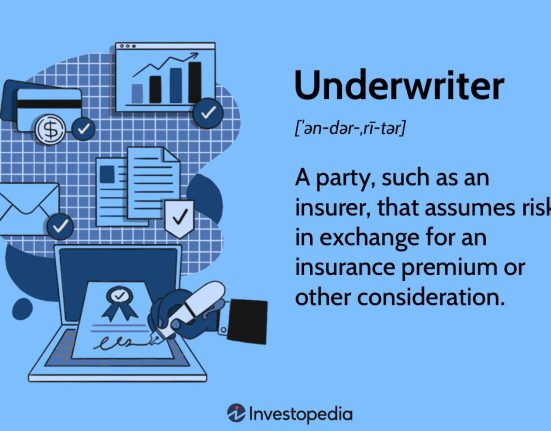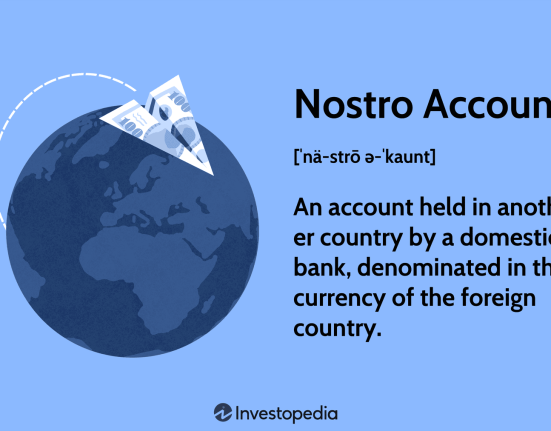What Is Proof of Funds?
Proof of Funds (POF) is essential for significant transactions like home purchases. It assures sellers and lenders of a buyer’s financial capability, ensuring funds are valid and accessible. Generally originating from verified sources such as banks, POF must include details like bank name, balance amounts, and authorized signatures. Liquid assets are crucial, as investments like retirement accounts often don’t qualify. Sellers and lenders check POF for down payments and closing costs, ensuring funds aren’t merely promised but tangible.
Key Takeaways
- Proof of funds (POF) is a document that verifies the financial ability to complete a transaction and is typically composed of bank or investment statements.
- POF documents are essential in real estate transactions, loan applications, and other financial dealings to demonstrate the availability of funds.
- Key components of a POF document include the bank’s name, account balance, and a signature from authorized bank personnel.
- Most POF documents need to be recent, ideally no older than 90 days, to be considered valid for transactions.
- Digital or scanned copies of POF documents can often be used if they are clear and comply with the requesting party’s requirements.
Why Proof of Funds Matters in Financial Transactions
When an individual or entity is making a large purchase, such as buying a home, the seller usually requires proof of funds. This ensures not only that the buyer has the money available to make the purchase, but also has legal access to the funds, as the proof of funds comes from a verified authority, such as a bank. Particularly for the purchase of a home, the seller and/or mortgage company wants to see if you have enough money for the down payment and the closing costs.
It’s important to note that in the majority of instances, the proof of funds must refer to liquid capital, primarily cash. Certain investments such as retirement accounts, mutual fund accounts, and life insurance do not qualify as proof of funds.
Essential Components of a Proof of Funds Document
When providing a proof of funds document, certain information must be included. The following are some of the most common pieces of information that will need to be disclosed on a proof of funds document:
- Bank’s name and address
- Official bank statement
- Balance of funds in the checking and savings accounts
- Balance of total funds
- Signature of authorized bank personnel
- Verification of the date of proof of funds letter
If your funds are spread across multiple accounts, you’ll need proof for each one. It may be easier to move all of your funds into one account, therefore having to provide this information only once, and making the total amount of funds available easier to follow. Most banks can provide a proof of funds document within a day or two.
Once you have your proof of funds document in hand, you want to ensure that it is secure at all times. Scammers might ask for a proof of funds letter to target individuals with significant financial worth. In addition, it contains important financial information that should be safeguarded. Therefore, it is important to make sure that you only give proof of funds to trusted individuals whom you have thoroughly investigated.
Important
The party requesting proof of funds usually defines what the document must include, and these requirements can vary.
Common Scenarios Requiring Proof of Funds
Proof of funds documentation is commonly used in a wide range of financial transactions or business situations. Common situations include:
- Real Estate Transactions: To verify that the buyer has the money to finish the transaction, sellers or their representatives frequently demand proof of funds documentation.
- Investment Opportunities: Proof of funds may be required to verify the investor’s financial capacity when investing in specific opportunities such as private placements or business purchases.
- Loan Applications: To determine a borrower’s capacity to make down payments or pay closing expenses, lenders may ask for proof of money.
- Immigration Applications: Immigration authorities may ask applicants to provide proof of their financial ability to sustain themselves during their stay or while settling in a new country.
- Business Transactions: In order to confirm the financial competence of the parties involved in mergers, acquisitions, or partnerships, proof of funds documentation may be needed.
- Creating a Trust: Establishing a trust account may require providing proof of funds to show the initial funding or continuous financial capability to operate the trust.
- Contract Bidding: When taking part in contract bidding procedures, especially for government or large-scale projects, proof of funds may be needed to show the financial capacity to meet the criteria of the contract.
- Private Sales: In private sales or high-value transactions, sellers may ask for proof of funds to make sure the buyer has the money needed to complete the transaction. This may relate to industries above (i.e. real estate) or to other high-value industries such as art or collectibles.
- Business Licensing: To ensure financial viability and compliance with regulatory criteria, proof of cash may be required when applying for various business licenses or permits.
- Franchise Opportunities: When considering purchasing a franchise, proof of funds may be required to demonstrate financial capability and suitability as a franchisee.
- Auction Participation: Proof of funds may be necessary when participating in auctions to show the ability to meet bidding requirements or payment obligations.
- Escrow Transactions: Proof of funds may be requested when entering into escrow agreements to ensure that the necessary funds are available for the agreed-upon transaction.
Tip
You can redact or hide sensitive information on a proof of funds document.
Comparing Proof of Funds and Proof of Deposit
In commercial banking, proof of deposit is the financial institution’s verification that funds have been deposited into an account and where these deposits came from. To do so, the institution will compare the amount written on the check to the amount on the deposit slip. When applying for a mortgage, in addition to demonstrating proof of funds, a buyer will have to demonstrate that funds in fact have been deposited into an account and demonstrate where they came from.
Mortgage companies typically want to see where the deposits originate from, whether they come from the borrower or they are gifts from other parties. This helps determine if the borrower will be able to furnish the mortgage loan.
In addition to a proof of funds document and a proof of deposit, a pre-approval letter is required to give to the seller or the seller’s agent when purchasing a home. The pre-approval letter will prove that you are able to obtain a mortgage to pay for the rest of the home purchase.
What Types of Documents Can Be Used As Proof of Funds?
Common types of proof of funds documents include bank statements, investment account statements, balance certificates issued by financial institutions, and letters from financial institutions confirming the availability of funds.
How Recent Should the Proof of Funds Document Be?
The freshness requirement for proof of funds documents can vary, but generally documents no older than 90 days are considered acceptable. Be mindful that certain circumstances may call for documents no older than 30 days. For example, when closing on a mortgage, your mortgage lender will often require proof of funds documentation from the most recent month available.
Can I Use Digital or Scanned Copies of Proof of Funds Documents?
In many cases, digital or scanned copies of proof of funds documents are acceptable, as long as they are clear and legible. However, it is advisable to verify the specific requirements of the involved parties or institutions.
Are There Any Specific Formatting Requirements for a Proof of Funds Document?
While formatting requirements may vary, the document should clearly display necessary information such as the account holder’s name, account number, financial institution details, and the available balance. In addition to substantiating the financial information, the user of the proof of funds documentation will want sufficient evidence that you are the owner of the account.
The Bottom Line
A Proof of Funds document confirms that an individual or entity has the financial resources needed for a transaction, such as buying a home or investing. These documents, often in the form of bank or investment account statements, ensure transparency and reduce financial risk. When preparing proof of funds, it’s crucial to include current, legible documentation with required details like account balances and bank verification. Understanding these requirements helps streamline large transactions and secure financial commitments with confidence.

